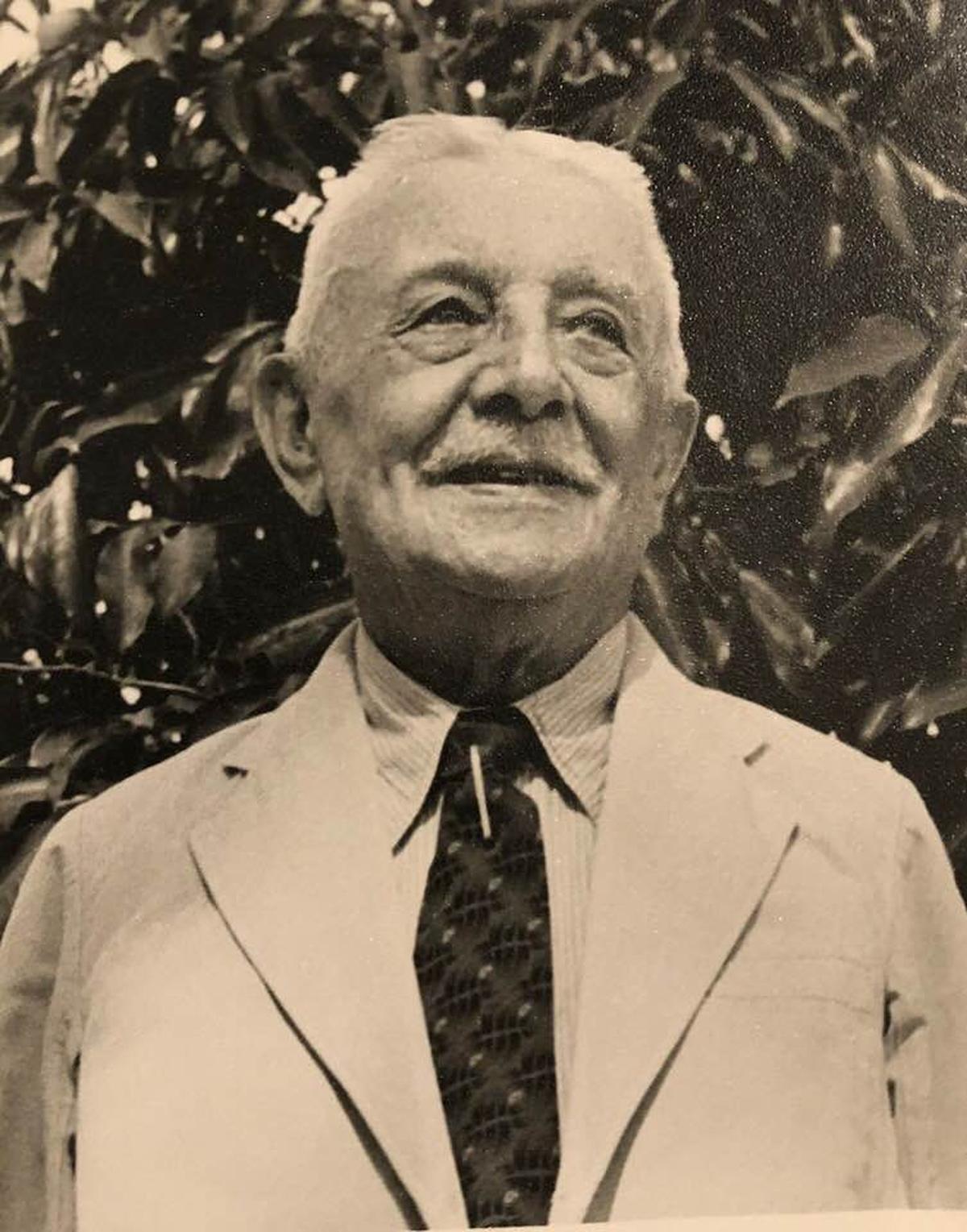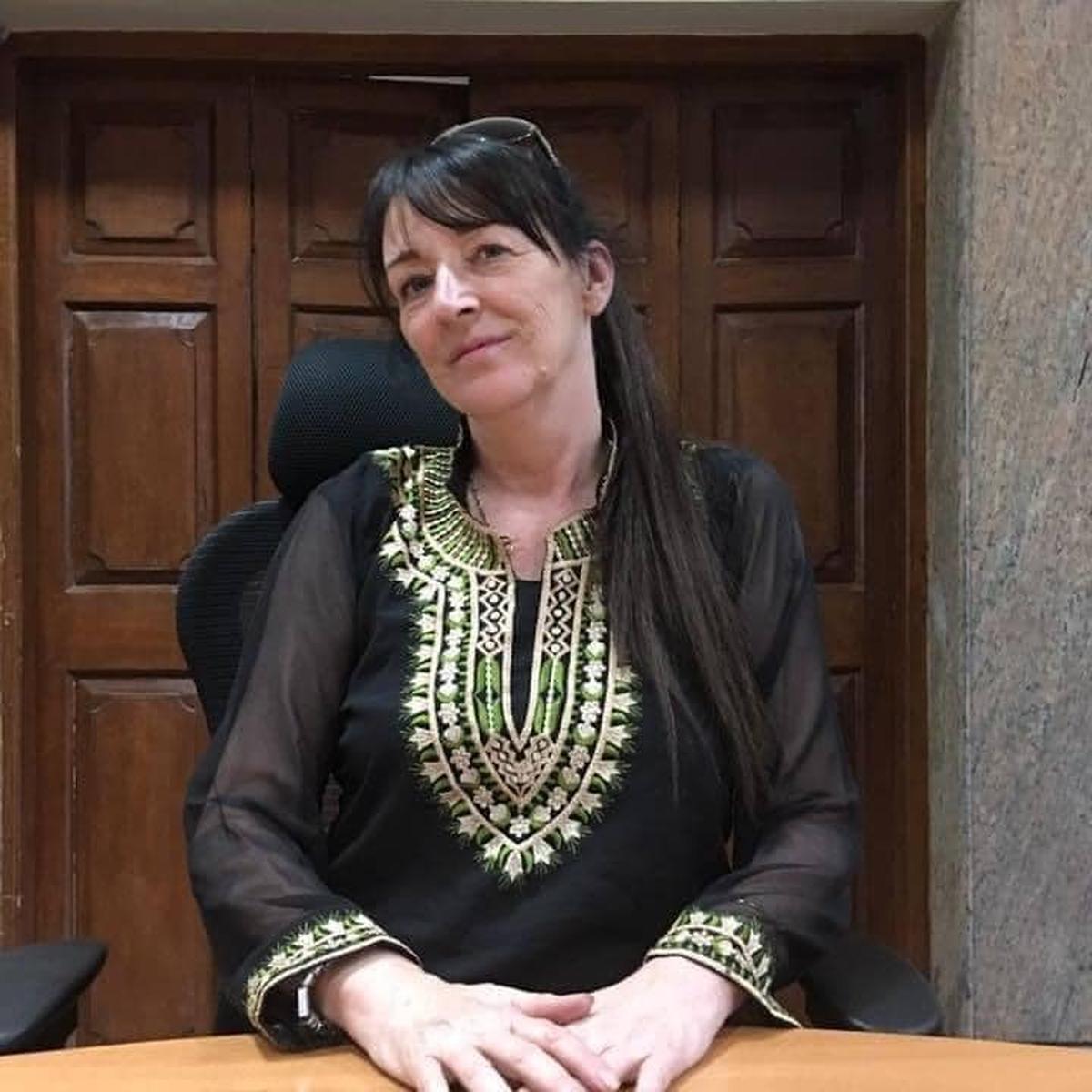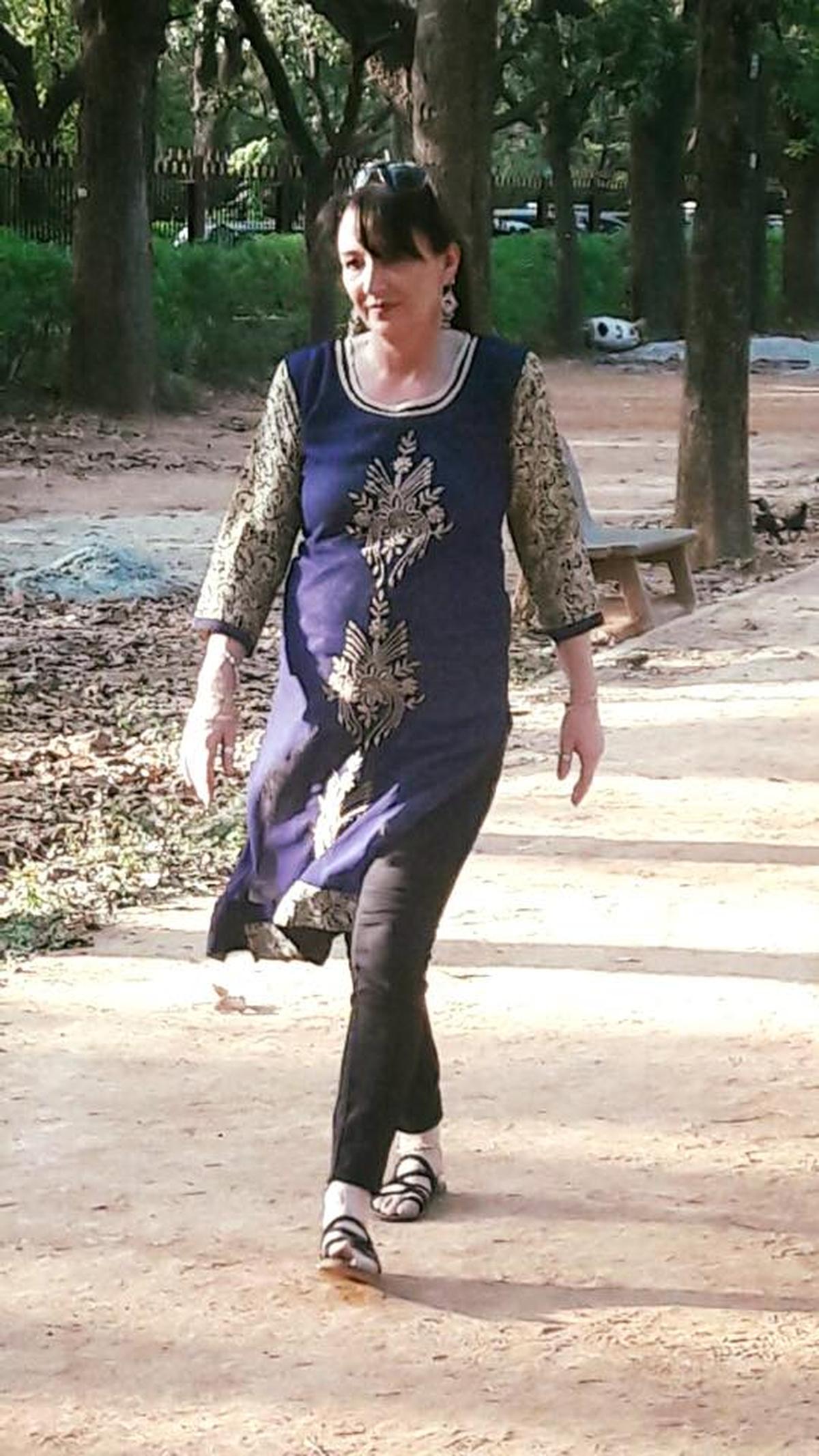[ad_1]
An invaluable asset to the city, the Lalbagh Botanical Gardens is arguably Bengaluru’s best lung space and goes back 200-odd years. With beautiful landscapes, flowers blooming all year around and thoughtfully planted trees, the gardens of Lalbagh have been meticulously planned to say the least. Credit goes to German horticulturalist and town planner, Gustav Hermann Krumbiegel, whose efforts gave Bengaluru its original moniker of the Garden City of India.
Monumental work
Having arrived in India at the age of 26, Krumbiegel, who was born in 1865, was the brain behind several gardens in India including countless tea gardens, coffee estates and gardens in educational institutions, hospitals, guest houses and military and railway offices.
“My great grandfather arrived in India at the request of Sayajirao Gaekwad III who was the Maharaja of Baroda,” says Alyia Krumbiegel, great granddaughter of Gustav Krumbiegel, who is currently visiting Bengaluru. “He designed his way from North India to South India and was the architect of the Kamatibaug in present-day Vadodara as well as the estates of Ooty and several other palace gardens.”

Gustav Krumbiegel
| Photo Credit:
Special Arrangement
Sayajirao Gaekwad III met Krumbiegel on a visit to the Kew Gardens in the United Kingdom. Krumbiegel was in charge of the Kew Gardens then and impressed with his skills, the Maharaja invited him to India. “My great-grandmother joined him a year later and they were married in Bombay on the very day she landed. His children were all born in India,” adds the 63-year-old.
Krumbiegel’s work was soon noticed by Krishnaraja Wadiyar IV of Mysore who was a close associate of Sayajirao Gaekwad III. Wadiyar invited Krumbiegel to Mysore where he was appointed Superintendent of the Government Gardens in 1908. “His responsibilities included curating and maintaining public gardens such as Bangalore’s Lalbagh and Cubbon Park, Mysore Curzon Park and the Mysore Maharaja’s personal estates in Mysore and Ooty,” says Alyia. Gustav also established the Horticulture School in Mysore State in 1912.
A pioneer and visionary
As the curator and architect of Lalbagh, Krumbiegel bought in extensive development which included the introduction of a variety of flowering plants, a fumigation system to treat incoming and outgoing plants, improved infrastructure such as wide paths, lamp posts and beautification in terms of landscaping, lawns and flower beds.
Krumbiegel encouraged commercial floriculture and horticulture by introducing the concept of flower shows inspired by those in the United Kingdom, says Alyia. “He supported the large scale growth of flowers such as the hibiscus, rose, marigold, champak, petunia, chrysanthemum and dahlia.”
During his tenure, the Lalbagh library became an invaluable resource housing periodicals, journals and reference material on economics and horticultural topics, apart from dried plants for the purpose of study and observation.

Aliya Krumbiegel
| Photo Credit:
Special Arrangement
Alyia recalls stories of how the cakes baked by her great grandmother were relished by the workers in the garden and how her great grandfather and grandmother would cycle around the outskirts of Lalbagh every Sunday. “My mother, Jeanne would tell me how she used to wait till great grandfather was sitting on the low wall by the superintendent bungalow drinking his coffee when she would try and scare him. It must have been amazing to live in the beautiful gardens!”
The West Gate is closest to Alyia’s heart. “It was once called Krumbiegel Gate and it is my favourite starting point. I stand there for a minute or so and soak in the ambience imagining my great grandfather walking through Lalbagh. We have to remember the four heavy weights — Mark Cubbon, Krumbiegel, H C Javaraya and M H Marigowda, who gave so much to the Lalbagh Botanical gardens.”

Aliya Krumbiegel
| Photo Credit:
Special Arrangement
Green crusader
True to the saying that the apple never falls far from the tree, Aliya who lives in Surrey in the United Kingdom, is an interior designer and has created several gardens for her clients, winning awards in the Sutton in Bloom and London in Bloom competitions.
A vocal supporter of protecting trees and lung spaces everywhere, including Bengaluru and Mysore, Aliya has been actively raising her voice against the proposal to convert Mysore’s Brindavan gardens, also designed by Krumbiegel, into a Disneyland-style amusement park.
Admitting that life is different now compared to a century ago, Aliya says, people still need lung spaces in all forms — be it a terrace, park or even a balcony full of plants. “While my great grandfather was given the task of beautifying Bangalore, now the need is for more native trees. Indian trees have such a wide range of species, are easy to maintain and are more resilient to the vagaries of the climate. Preserving our ecological heritage is the only way forward. To plant a garden or lung space is to believe in tomorrow.”
Aliya, who will be visiting the flower show hopes that there will be a theme dedicated to the four pillars of Lalbagh — Cubbon, Gustav, Javaraya and Marigowda as well as one that promotes sustainability sometime. “I also wish to see my three grandchildren walking in Lalbagh someday.”
[ad_2]
Source link





